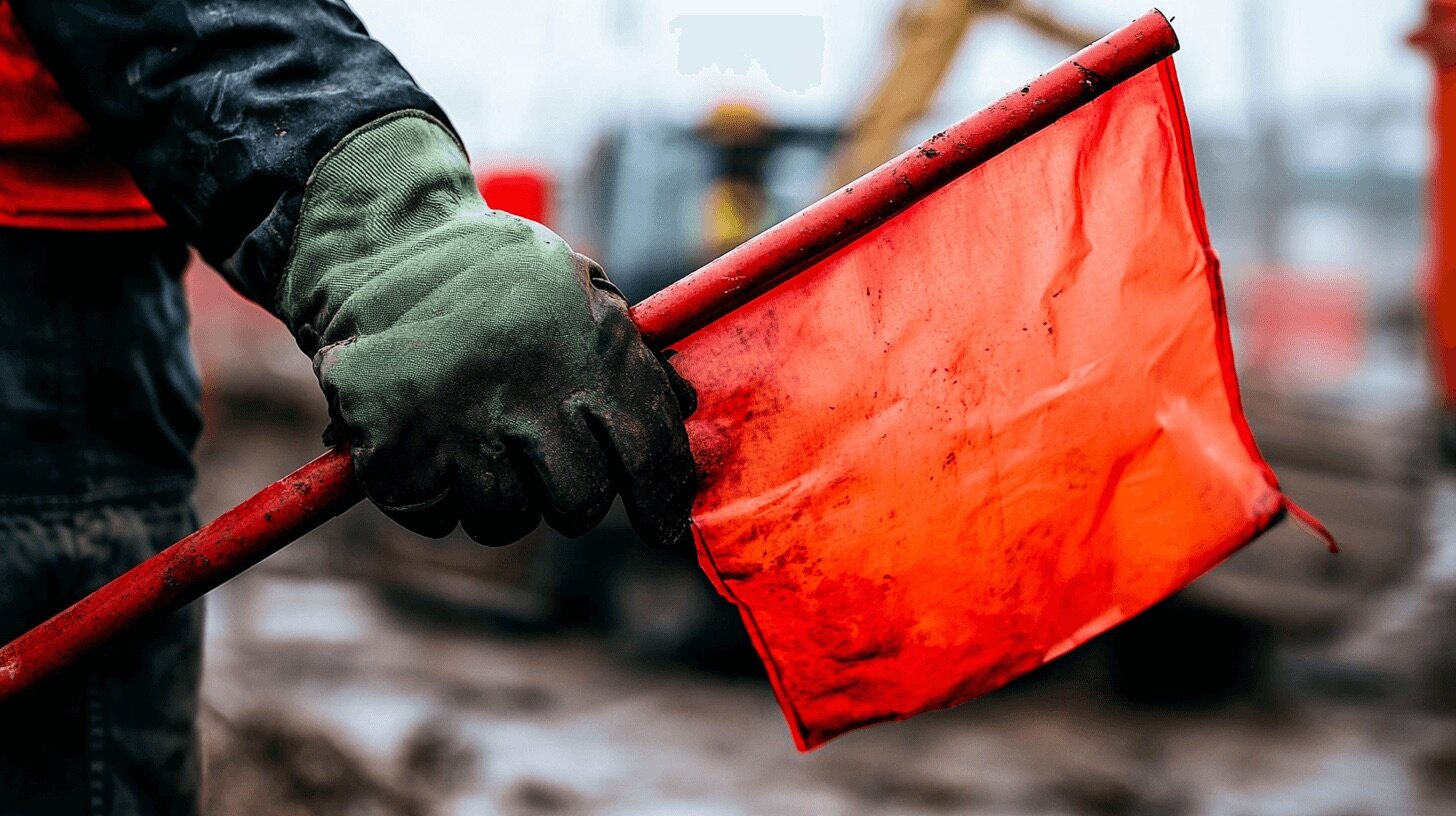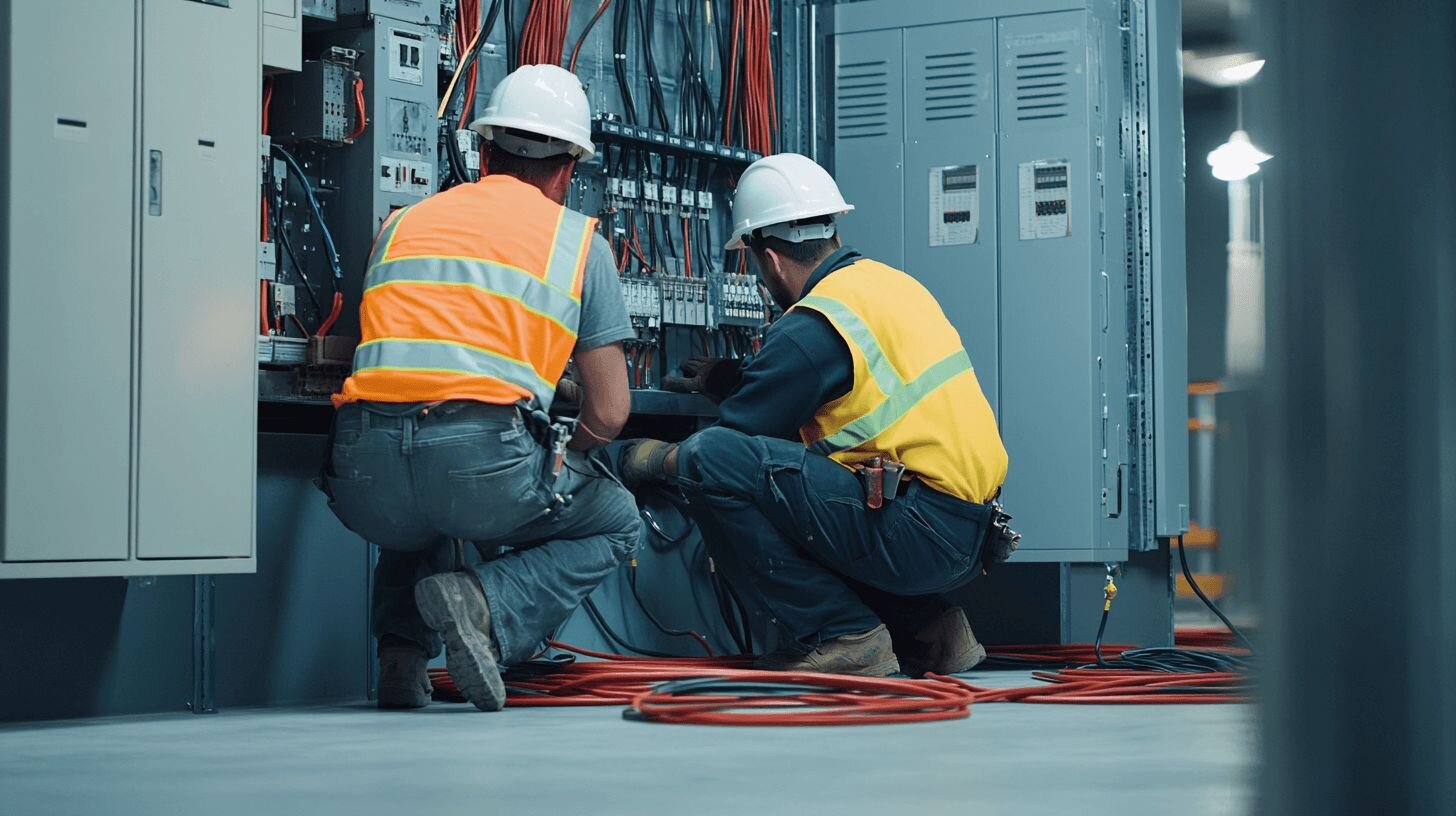Picture this: you’re knee-deep in a project, your crew is rolling, and then… things start to slow down. Payments don’t come through on time. Key decision-makers disappear. Suddenly, what seemed like a straightforward job now feels shaky.
Recognizing the warning signs that a project owner might be in trouble is critical. Contractors need to be ready to spot potential issues before they escalate into full-blown problems. Here’s a breakdown of the red flags and what you can do to protect your business.
The Warning Signs
Not every hiccup on a job signals disaster, but there are patterns you should never ignore. Here are some signs that could indicate financial distress:
- Missed or Delayed Payments: Sure, disputes happen, but if uncontested invoices go unpaid or there’s a sudden slowdown in regular payment schedules, it’s time to take notice.
- Radio Silence: When the owner’s team becomes slow to respond—or stops communicating altogether—it’s a red flag. Open communication is the backbone of any successful project.
- Leadership Turnover: If high-level personnel like CFOs start heading for the exit, it could mean they see trouble coming.
- Media Buzz: Headlines about funding loss or financial issues tied to your project owner? Take them seriously, even if it’s just industry rumors.
Individually, these issues might not seem like a big deal, but when they start stacking up, don’t ignore them.
What You Can Do to Stay Ahead
If you suspect your project owner is in financial trouble, don’t wait for things to spiral. Here’s how you can protect your crew, your work, and your cash flow:
Know Your Contract Inside and Out
Every job starts with the contract, but when payments start drying up, it’s your lifeline. Familiarize yourself with clauses around payment schedules, your rights to stop work, and what happens if the owner defaults. A solid understanding of these details can keep you out of hot water.
Get to Know the Lender
Many private projects include a consent and assignment agreement, where the lender has a stake in the project. If the owner defaults, you may need to notify the lender—and quickly. These agreements often dictate next steps, so don’t leave them gathering dust.
Understand Your Downstream Obligations
If you’re waiting on payment, your subcontractors likely are too. Pay-if-paid clauses might offer some breathing room, but they don’t override all legal obligations. Stay informed about how this impacts your commitments.
Use Lien Rights Wisely
Mechanics liens are a powerful tool, but they come with tight deadlines and potential fallout. Before filing, weigh the legal and business implications carefully.
Prepare for the Worst
While it’s rare for project owners to declare bankruptcy, it’s not impossible. Stay prepared by keeping meticulous records of your work, payments, and communications.
Why This Matters to Specialty Contractors
Financial trouble at the ownership level can ripple down fast. A delayed payment at the top of the chain can throw off your entire operation. The key? Stay alert, stay informed, and have a plan in place to manage risks before they become realities.
By being proactive, you can not only protect your business but also keep your team focused on the job at hand—building the future one project at a time.
Final Thought
In construction, financial stability is just as important as structural integrity. The earlier you spot the cracks, the better positioned you are to prevent a collapse. Don’t let financial distress take you by surprise. Know the signs, understand your options, and keep your operation running strong.



